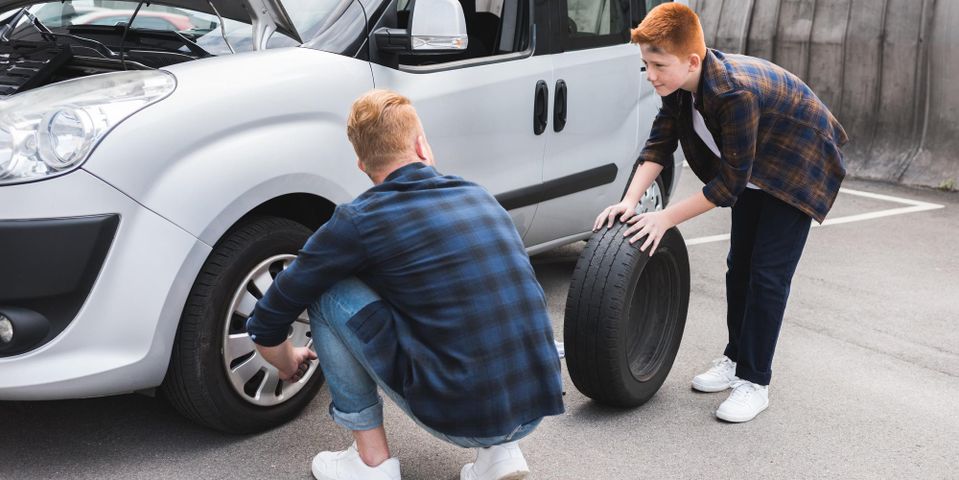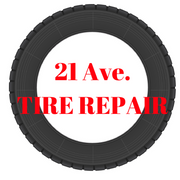
Tires endure a lot throughout their lifetime, making routine maintenance extra important to help them last as long as possible. Keeping your new tires at the right pounds per inch (psi) of pressure is the best way to prevent premature wear, as underinflated tires present several serious risks. Here, learn about the problems underinflated tires create and check your owner’s manual for your vehicle’s correct psi.
3 Issues From Low Tire Pressure
1. Lowered Fuel Economy
When your new tires do not have enough air, it takes more energy for your vehicle to propel itself forward and backward. This results in more visits to the gas pump because your car needs additional fuel for power. Drivers waste over 5 million gallons of gas per day because of decreased tire pressure, something that also adds more carbon dioxide to the air.
2. Untimely Tire Failure
 Too-low tires make more contact with the road, causing increased friction and heat. They subsequently wear out faster because the rubber is literally burning at an expedited rate. Low pressure also causes the sidewalls to flex more often, increasing the chance of rubber separations and blowouts. Driving at higher speeds heightens the blowout risk.
Too-low tires make more contact with the road, causing increased friction and heat. They subsequently wear out faster because the rubber is literally burning at an expedited rate. Low pressure also causes the sidewalls to flex more often, increasing the chance of rubber separations and blowouts. Driving at higher speeds heightens the blowout risk.
3. Serious Safety Risks
Driving with underinflated tires increases your accident chances. In addition to losing control of your vehicle because of rubber separations and blowouts, excessively-low tires make handling a challenge. Turning corners becomes more difficult because of rubber flexing, resulting in a less stable vehicle. It’s also harder to stop your car when new tires are low because they cannot grip the road as effectively.
Whether you need to inflate your current tires or purchase new tires, get what you need from 21 Ave Tire Repair in Paterson, NJ. The licensed tire repair shop has served the community for over seven years and provides mobile services for stranded drivers. Call (973) 225-0923 today to schedule an appointment or learn more about new tire services online.
About the Business
Have a question? Ask the experts!
Send your question

